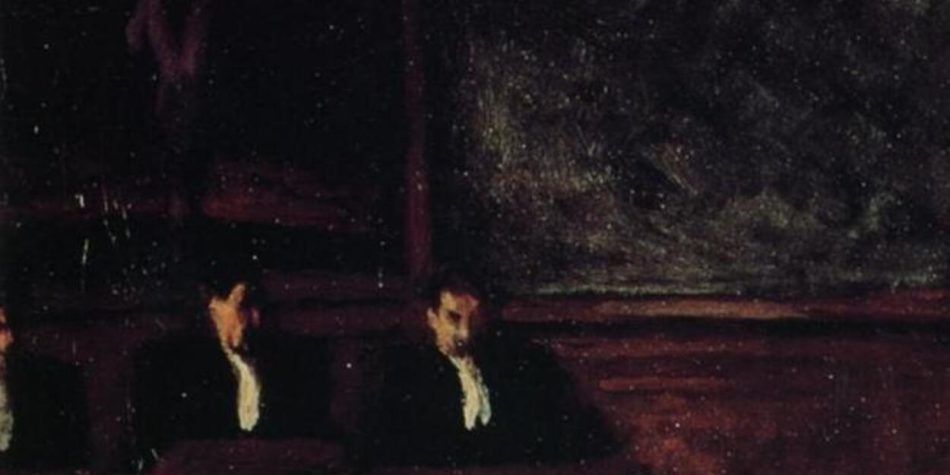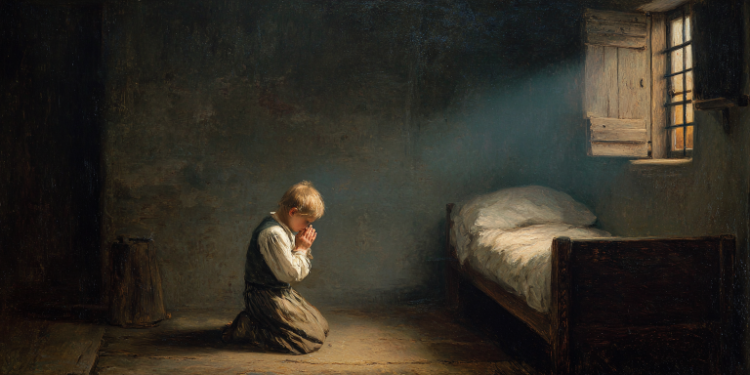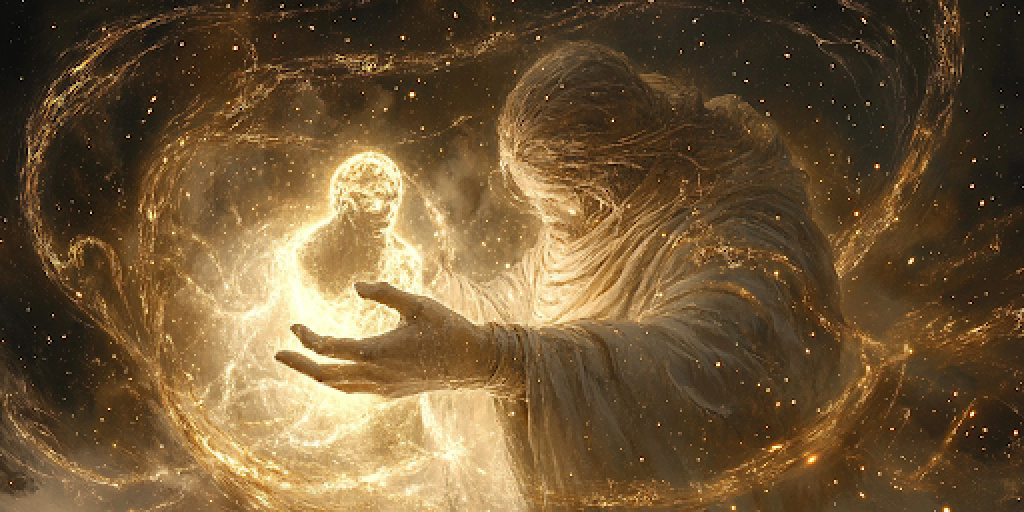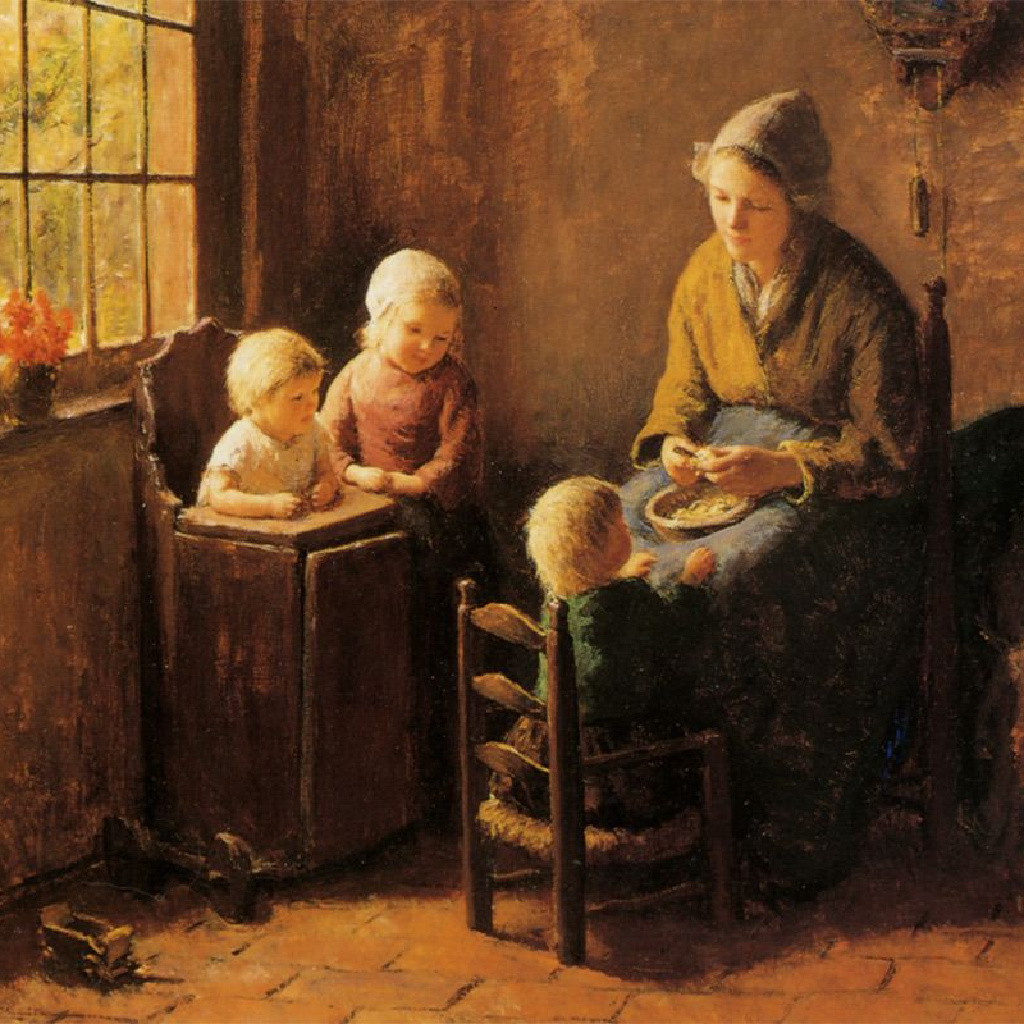The last half-century has seen a steady expansion of civil rights legislation affecting the workplace. These relatively young statutes that reinforced some rights and created some new ones (prohibitions against age and disability discrimination, for example) have on occasion butted heads with religious freedom, a 250-year old First Amendment liberty that has shown a little frailty when stacked up against the new kids on the block. On July 8, however, the old boxer at least landed a couple of tentative punches.
In a pair of cases decided as Our Lady of Guadalupe School v. Morrissey-Berru, the U.S. Supreme Court revisited the “ministerial exception,” which exempts certain employees of religious organizations from the protections of employment discrimination laws. The ministerial exception was expressly recognized in 2012 in Hosanna-Tabor Evangelical Lutheran Church and School v. EEOC, but the Court had not provided much in the way of guidance on how to apply the doctrine. (This is what the Justices call “job security.”) After letting the lower courts spar over it for eight years, the Justices agreed to take a second look.
These cases involve age discrimination and disability discrimination claims brought by elementary school teachers at Catholic private schools. The positions held by each of the teachers were similar. They were required to teach a broad curriculum that included religious instruction (or, in the words of the majority opinion by Justice Alito, a Catholic, instruction in “the faith”). Such instruction including praying, attending mass, finding and learning Bible stories, instruction in the seven sacraments, etc. Pretty much what you would expect from “Our Lady of Guadalupe.”
Each teacher sued their respective schools for discrimination after they were fired. The schools moved to dismiss the cases under the ministerial exception. They prevailed in the District Court, only to have those decisions reversed by the 9th Circuit Court of Appeals, which held that the teachers were not “ministers,” and therefore did not fall under the exception.
In a 7-2 decision, the Supreme Court sided with the schools in a decision that cautiously broadened the ministerial exception without exempting all employees of religious organizations from employment discrimination law.
Justice Alito, while recognizing that religious institutions are not immune from secular laws, noted that a key component of the First Amendment is that religious institutions are to be independent in terms of faith, doctrine, and “matters of church government.” Justice Alito characterized the ministerial exception as requiring courts to “stay out of employment disputes involving those holding certain important positions with churches and other religious institutions.”
The Court went on to consider whether the teaching of religion is a “vital religious function.”
The Court then acknowledged that the Hosanna-Tabor decision had been interpreted as creating a rigid checklist of factors to determine whether an employee was a minister covered by the exception (likely because that is what the decision actually did). To the Court’s credit, the majority recognized that their prior decision gave too little attention to other important church positions and put too much reliance on “traditional” structures of religion with a single paid minister per church, ignoring the many other ways that churches use employees to teach their faith.
As a result, the Court jettisoned, for the most part, the factors under Hosanna-Tabor and held that “[w]hat matters, at bottom, is what an employee does.” Where the employee performs “vital religious functions,” the exemption applies.
The Court went on to consider whether the teaching of religion is a “vital religious function.” That was a foregone conclusion, as the Court pointed out the importance of religious education to various faith traditions. That even included a one-paragraph shout out to The Church of Jesus Christ of Latter-day Saints and a citation to the Doctrine and Covenants (replacing “section” with a very lawyerly “§”). So the clear holding of the Court is that if you are employed by a religious institution and are required to teach religion, you are exempt from employment discrimination laws.
But what if you work for a religious institution teaching only secular subjects? That will likely be the next round of litigation. One immediately thinks of universities like Liberty University or Brigham Young University. Will a geology professor fall under the exemption? Will it make a difference if she is required to teach the subject consistent with the doctrines of the church? What if she is required to teach at least one religion class a year? Does the performance of any religious instruction mean that the position performs a “vital religious function,” or will future courts look to the percentage of time taught on religious subjects?
These unanswered questions ensure that religious organizations will continue to face discrimination litigation with the courts deciding how “vital” various religious functions are. While Justice Alito recognizes that the Court is ill-equipped to make such decisions, his opinion ensures that lower courts will be required to do just that.
An alternative approach suggested by Justice Thomas in his concurring opinion is to defer to the judgment of the religious institution’s own characterization of the duties performed by an employee. One immediately recognizes the potential abuse of such a standard as churches might highlight the vital religious function performed by their landscapers. But Justice Thomas’s position is legitimate if we take seriously the notion that the First Amendment is intended to keep the government out of church operations, period.
As with most Supreme Court opinions, Justice Alito draws a fuzzy line somewhere near the middle of the road, rejecting the narrow view of the ministerial exception suggested by Hosanna-Tabor but failing to give enough guidance for religious institutions to understand which of their employees are covered by the ever-growing list of civil rights in the employment sphere.
Religious liberty hit back, but it wasn’t exactly a haymaker.











